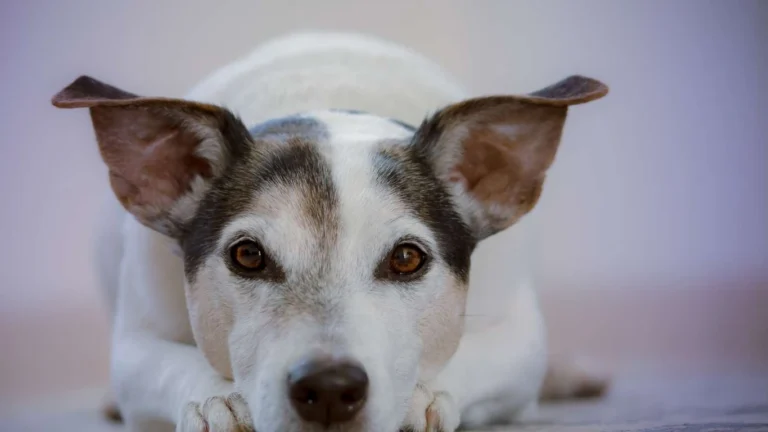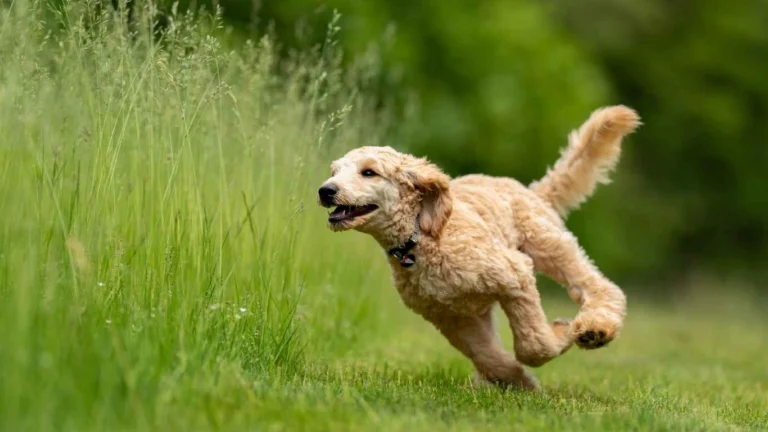How to Properly Hydrate a Dog Through Diet for Optimal Health
Ever wondered if you’re doing enough to keep your dog hydrated—*beyond* just filling up the water bowl? As someone who’s spent years as an Animal Care Specialist in shelters and pet clinics, let me tell you: hydration isn’t just about water. How to properly hydrate a dog through diet is something many pet parents overlook, but it makes a big difference in their energy, digestion, and overall health. I’ve seen far too many pups come in lethargic, with dry noses or kidney stress—all because their hydration needs weren’t being met through what they ate. So let’s chat about how you can work smarter, not harder, to keep your furry buddy well-hydrated every day.
Why Water Alone Isn’t Always Enough
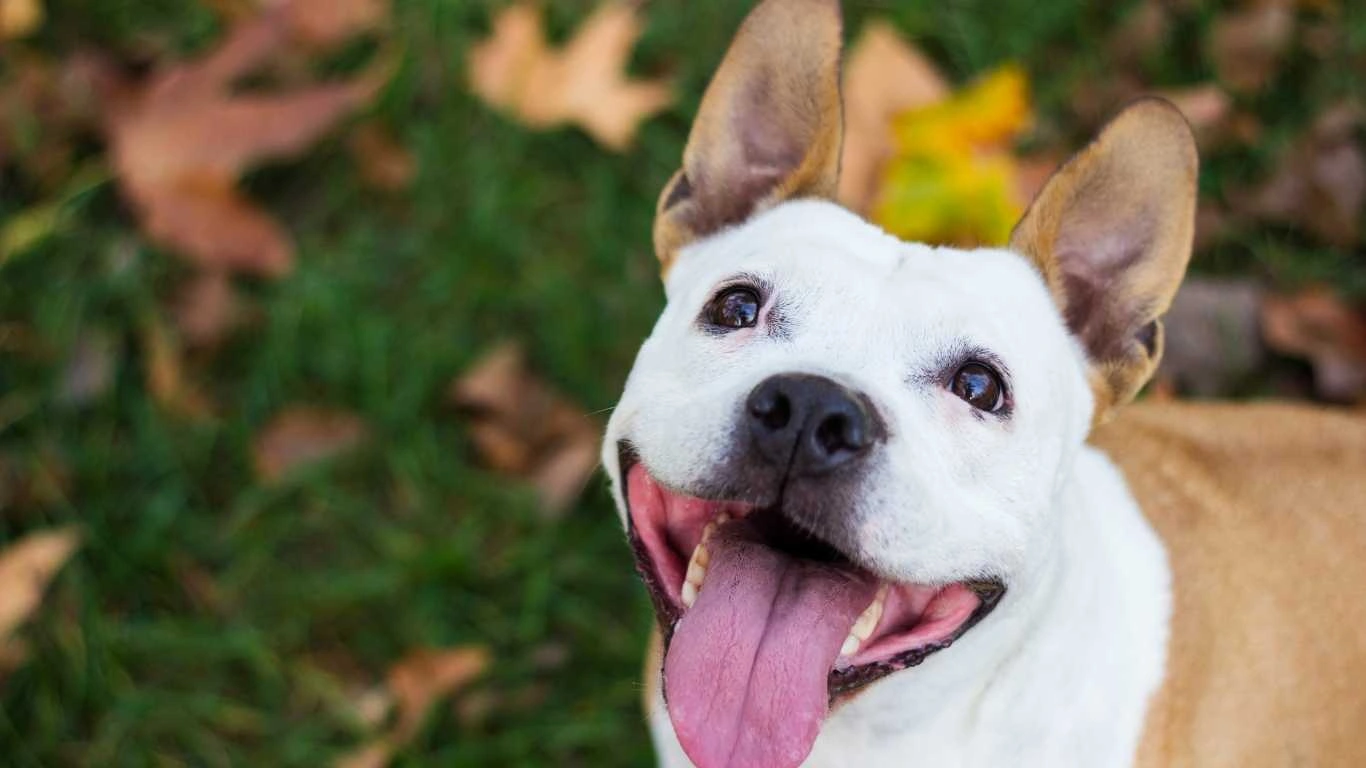
Dogs, like us, don’t always drink water just because it’s there. Some pups are just not big drinkers. Maybe you’ve noticed your dog’s water bowl stays full longer than it should? That can be a red flag. Especially during warmer months, dogs lose more fluids through panting and may not naturally replenish it.
From my hands-on experience, we saw a lot of dogs come into the clinic mildly dehydrated—not dangerously so, but enough to affect their mood, coat quality, and even organ function. The good news? You can sneak in hydration through what they eat. Hydrating foods are a game changer.
Incorporating Moisture-Rich Foods into Your Dog’s Diet

Wet Food Over Dry Kibble
Dry kibble is convenient, sure. But it’s also, well… dry. Most dry dog foods contain only about 10% moisture. In contrast, canned or wet food can have up to 75% water content. That’s a huge boost! When I worked in the shelter, we often transitioned dehydrated dogs to a partial wet food diet just to bump up their hydration.
Here’s what I recommend:
- Switch out at least one meal a day to high-quality wet food.
- Mix wet food with dry to ease digestion and add taste appeal.
- Always check the ingredients—avoid anything with fillers or artificial additives.
Bone Broth Magic
Bone broth isn’t just a trendy buzzword in pet care—it’s actually a tried-and-true method I’ve used in clinics for picky or sick dogs. It hydrates, nourishes, and encourages eating. Plus, it’s loaded with minerals and amino acids that support joint and gut health.
Make sure the broth is:
- Low in sodium – Avoid store-bought broths meant for humans unless they’re pet-safe.
- Homemade or pet-formulated – Boil bones with a splash of apple cider vinegar to draw out nutrients. Never feed cooked bones directly.
Fruits and Veggies for the Win
Yes, dogs can eat fruits and veggies—and some of them are surprisingly hydrating. When I worked with shelter pups, we often gave small portions of juicy snacks as treats, especially on hot days. Not only did they love it, but it also gave their hydration a little kick.
Hydrating dog-safe options include:
- Watermelon (seedless, of course)
- Cucumber slices
- Celery
- Blueberries
Just be sure to introduce these slowly and in moderation—especially with fruits, which can be sugary.
How to Properly Hydrate a Dog Through Diet: Daily Tips That Work
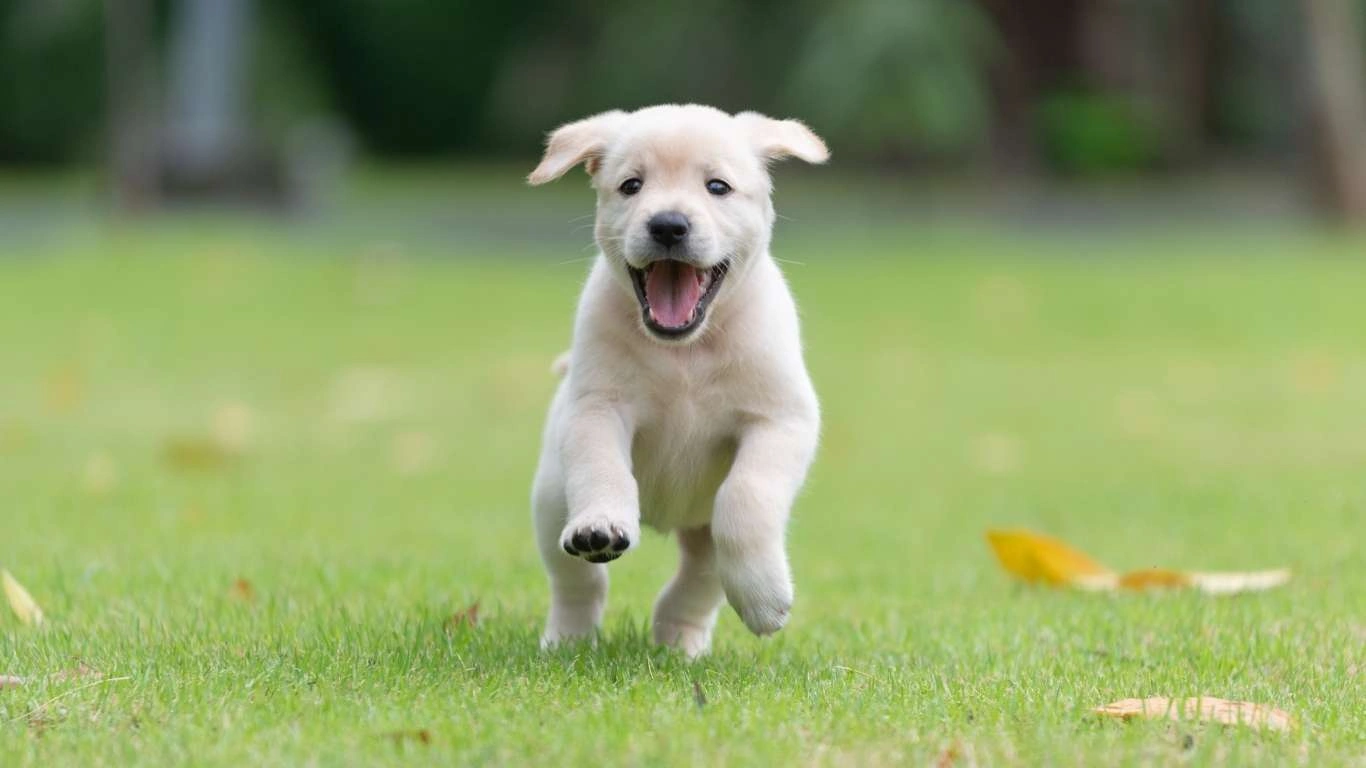
Alright, let’s bring it all together. You don’t need to overhaul your dog’s diet completely, but adding in moisture here and there will do wonders. When you make hydration part of their meal routine—not just a water bowl afterthought—you’ll notice a difference. I’ve had dogs bounce back from sluggishness to zooming around the clinic yard, all because they were finally getting the hydration they needed in a way their body could absorb easily.
Here’s a quick recap you can try today:
- Add a few tablespoons of bone broth over kibble.
- Rotate in wet food meals 2–3 times a week (or more).
- Offer chopped cucumber or watermelon as treats.
- Check their gum moisture and skin elasticity—simple hydration checks you can do at home.
Understanding the Signs of Dehydration in Dogs
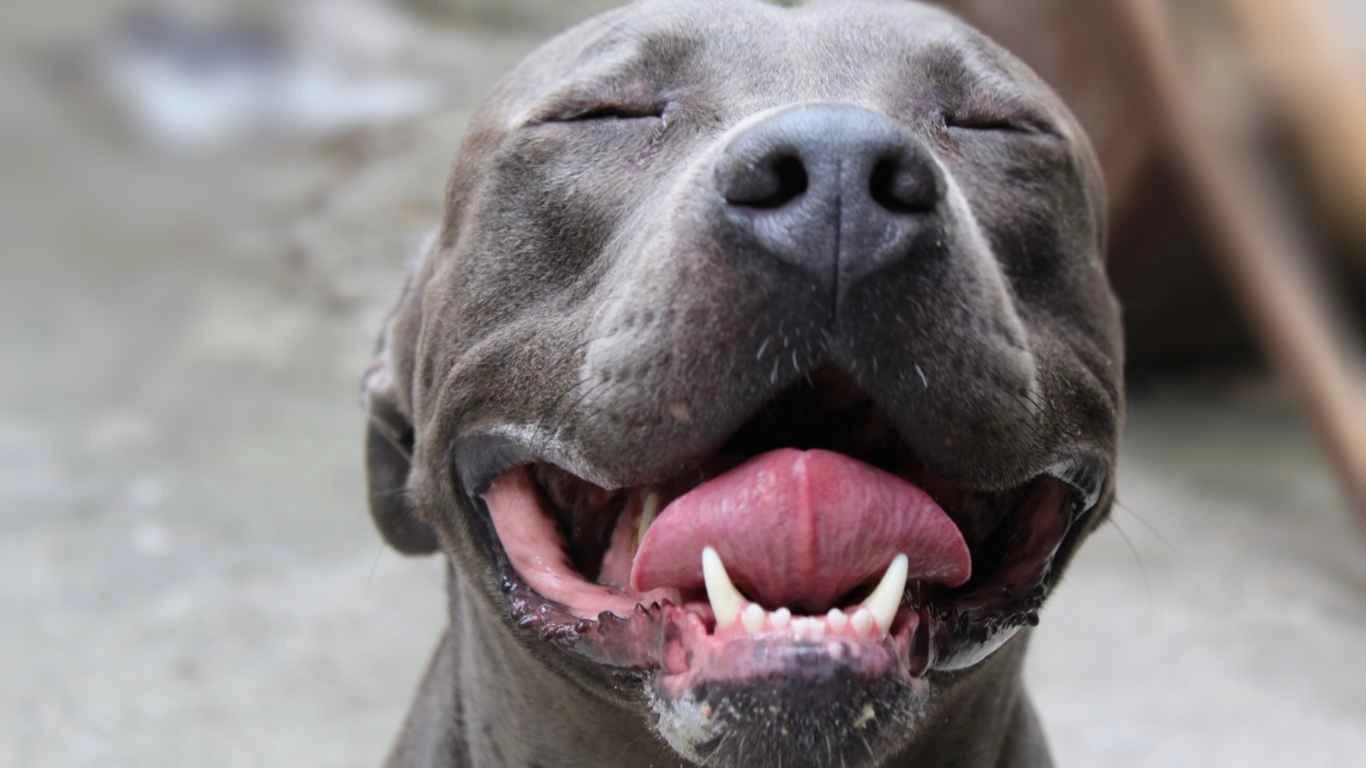
Okay, now that we’ve covered some solid ways on how to properly hydrate a dog through diet, let’s talk about spotting the signs when things aren’t quite right. I can’t count how many times I’ve seen well-meaning dog parents overlook early dehydration signs—mostly because they’re subtle. Dogs don’t sweat like we do, and they don’t exactly walk up to you and say, “Hey, I’m parched!”
Here are a few symptoms I learned to look out for on the job:
- Sticky or dry gums – Gums should be moist and slick, not tacky.
- Lethargy – Your normally peppy pup suddenly seems uninterested in play or walks.
- Loss of skin elasticity – Gently pull up the skin between their shoulder blades. If it doesn’t bounce back quickly, they might be dehydrated.
- Sunken eyes or dry nose – Their facial expression can tell you a lot.
I once had an older Labrador come in who seemed “just tired” according to her owner. But when I did a simple skin check, it was clear she was dehydrated. A few days on a wet food and broth combo, and she perked right up like nothing ever happened.
Hydration & Diet for Different Life Stages
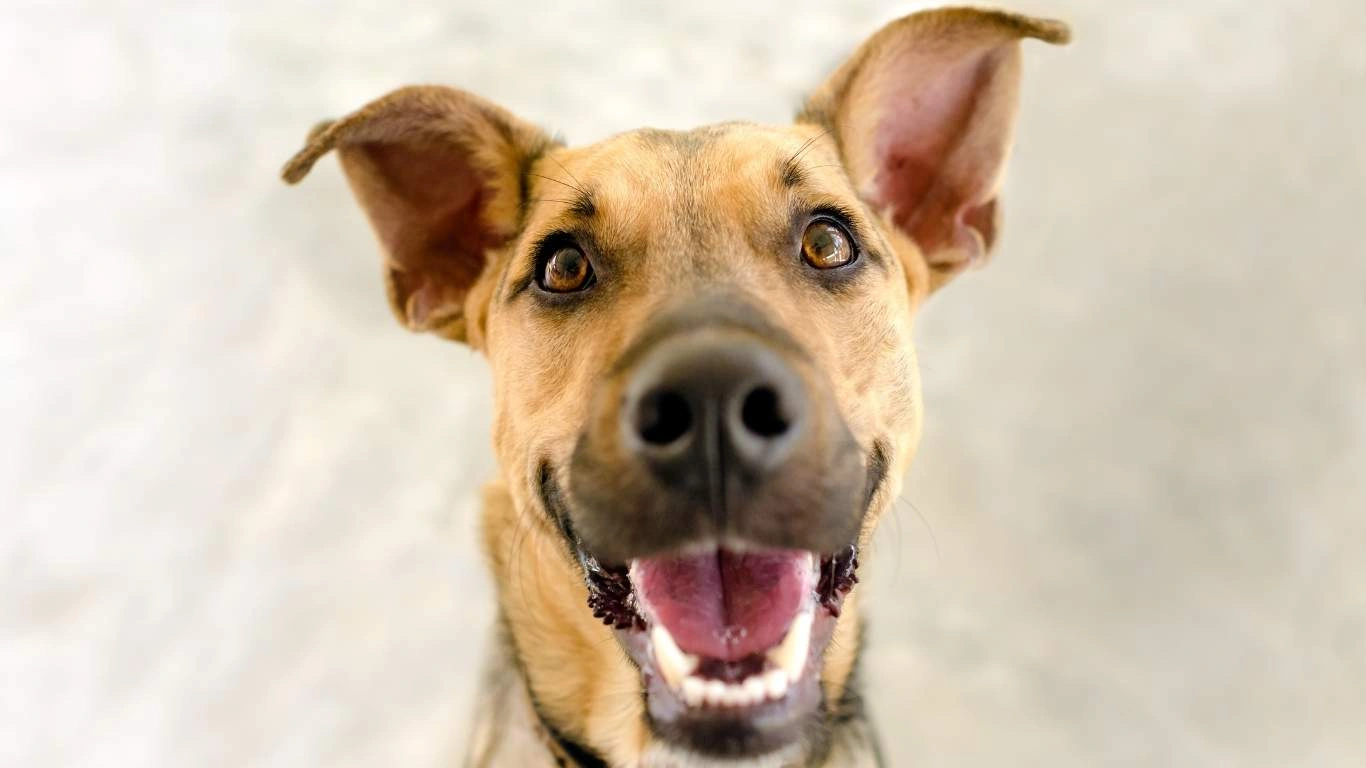
Puppies Need Extra Attention
Puppies are basically little hydration sponges. They burn through energy (and water) fast, especially during growth spurts. They also have smaller stomachs, so packing hydration into every meal really matters. I recommend adding warm water or puppy-safe goat milk to their kibble—it makes it easier to digest and helps keep their hydration levels steady.
Bonus tip: Puppies love licking things. Freeze blended watermelon or cucumber in silicone molds for a hydrating summer snack that doubles as a teething toy!
Senior Dogs & Kidney Health
Older pups often have a harder time staying hydrated on their own. Reduced thirst response is a real thing, and it can sneak up on you. For senior dogs, I’ve found that hydration through diet is essential for kidney and joint health. Swapping in high-moisture meals and broths is an easy fix that supports their aging systems.
Plus, softer food helps if they’re dealing with dental issues—something I saw all too often with shelter seniors who hadn’t had regular vet care before intake.
Creative Ways to Encourage Hydration Through Food

DIY Frozen Treats
Here’s where it gets fun. I’m all about making hydration tasty and engaging. Try whipping up some frozen dog treats at home—super easy, and they work like a charm, especially on hot days.
Some of my go-to combos:
- Chicken broth + finely shredded carrots frozen in ice cube trays
- Goat milk + blueberries blended and poured into silicone paw molds
- Watermelon + coconut water (unsweetened) smoothie cubes
Dogs love the texture, and you’re sneaking in hydration without them even realizing it. Just remember to avoid xylitol, artificial sweeteners, and heavy dairy—always double-check your ingredients.
Meal Toppers and Mix-Ins
If your dog’s a picky eater (oh, the struggle!), adding moisture-rich toppers might just change the game. I’ve had so many pet parents come back and say, “He finally ate his food!” just because we added a spoonful of something tasty and wet.
Some of my favorite toppers include:
- Unsalted pumpkin puree
- Hydrating veggie mash (like cooked squash or green beans)
- Pet-safe yogurt or kefir
These don’t just boost water content—they also add valuable nutrients and flavor variety. Win-win.
When to Talk to Your Vet About Hydration
Of course, while most mild dehydration can be managed through diet changes, there are times when a vet visit is 100% necessary. If your dog is vomiting, has diarrhea, is refusing to eat or drink, or seems really out of it—don’t wait. Dehydration can go from mild to serious pretty quickly, especially in small breeds or older dogs.
One of the things I always emphasized at the clinic: you know your dog best. If something feels off, trust your gut. Your vet can run a hydration check with a simple blood panel or urine test and give guidance tailored to your dog’s specific needs.
And if you’re ever unsure about how to properly hydrate a dog through diet, that’s a great convo to have during your next wellness visit. A lot of clinics now have nutrition consults, and it’s well worth it for long-term health.
Balancing Hydration with Overall Nutrition

Now that we’ve gone over some practical ways how to properly hydrate a dog through diet, it’s crucial to remember hydration is just one part of a bigger puzzle: overall nutrition. From my years working alongside veterinarians and nutritionists, I’ve learned that hydration and nutrition go hand in hand—especially when it comes to maintaining your dog’s health long term.
When you add moisture-rich foods, it’s not just about increasing water intake. These foods often come packed with vitamins, minerals, and antioxidants that support immunity, digestion, and even skin and coat quality. But it’s important to avoid falling into the trap of “just giving wet food” without considering balance.
Here are some tips I always share with pet parents:
- Choose whole food ingredients whenever possible. Avoid overly processed canned foods with fillers or artificial preservatives.
- Include a mix of protein, fats, and fiber. Hydrating veggies like zucchini or green beans add fiber, which supports digestion.
- Don’t overdo the treats. Some hydrating fruits and veggies are great, but too much sugar—even natural fruit sugar—can upset your pup’s tummy.
Balancing hydration and nutrition might feel tricky at first, but with a little trial and error, it quickly becomes second nature. I still remember one shelter dog who was a picky eater but loved pumpkin mixed into his meals. That simple addition improved his hydration and digestion—and his tail wagged more than ever.
Common Mistakes to Avoid When Hydrating Through Diet
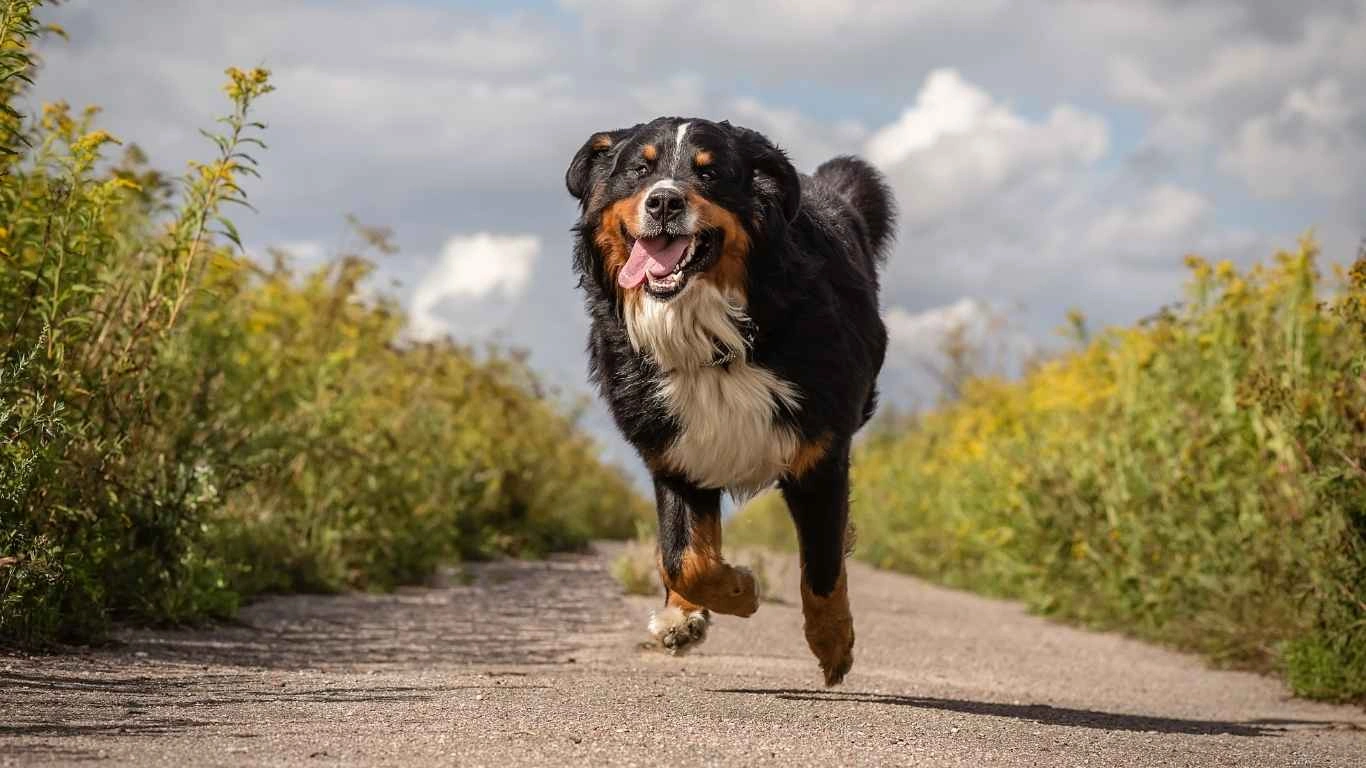
While adding moisture to your dog’s diet is beneficial, there are some common pitfalls that can backfire. Based on real experiences in the clinic, here are a few mistakes to watch out for:
Over-Reliance on Only One Hydration Method
Sometimes owners rely too much on one approach—like bone broth every day or only wet food—and forget to offer fresh water consistently. Hydration is multi-layered; water bowls should always be accessible and refreshed regularly, no matter how much wet food or broth you give.
Using Human Foods Without Vet Approval
Not every hydrating food safe for humans is safe for dogs. Grapes, onions, garlic, and even some herbs can be toxic. From my shelter days, I can’t stress enough the importance of double-checking any new addition with a vet or trusted source before giving it to your dog.
Ignoring Changes in Behavior or Appetite
If your dog suddenly stops drinking or eating, don’t just chalk it up to “picky behavior.” This could signal dehydration, illness, or pain. Early intervention with a vet can make all the difference.
Quick Daily Hydration Checklist for Busy Pet Parents
Let me share a quick, practical checklist I’ve developed over time that helped me—and countless pet parents I worked with—keep hydration on point without stress:
- Make sure fresh water is always available and changed at least once daily.
- Offer a wet food meal or add broth at least 2–3 times per week.
- Incorporate small amounts of hydrating veggies or fruit as treats a few times weekly.
- Observe your dog’s gums and skin elasticity regularly.
- Check for changes in energy, appetite, or bathroom habits.
- Keep vet contact info handy and schedule regular wellness visits.
Hydration through diet doesn’t have to be complicated or expensive. It’s about being intentional and tuned into your dog’s needs. And if you’re ever in doubt, professionals like vets and nutritionists are your best friends—they helped me save many lives and keep many tails wagging!
References & Further Reading
- ASPCA
- American Veterinary Medical Association (AVMA)
- American Animal Hospital Association (AAHA)
- The Nutrition Society
Disclaimer
This article is for informational purposes only and is not a substitute for professional veterinary advice, diagnosis, or treatment. Always seek the advice of your veterinarian or other qualified pet healthcare provider with any questions you may have regarding your dog’s health or hydration needs. Never disregard professional advice or delay seeking it because of something you have read here.


